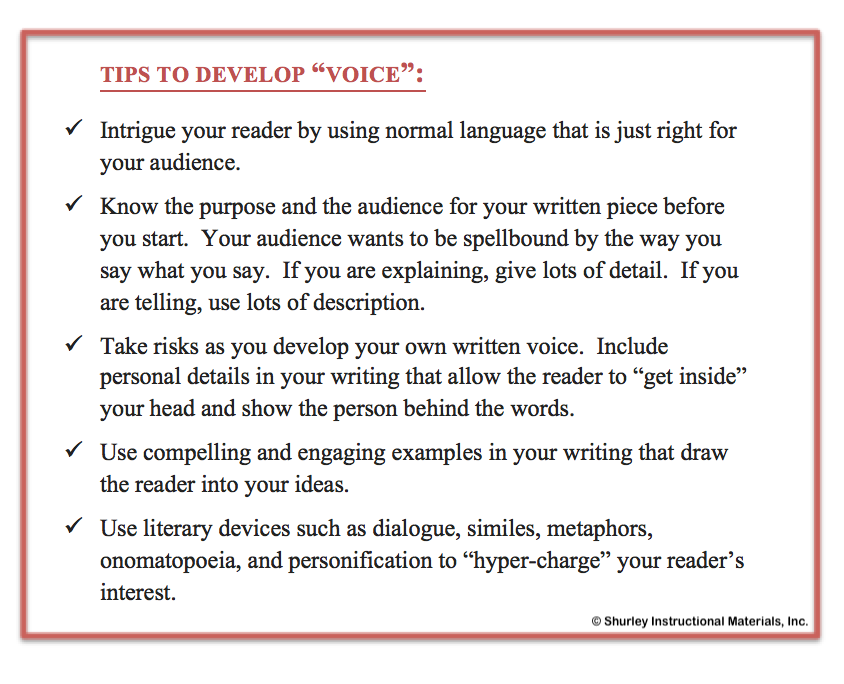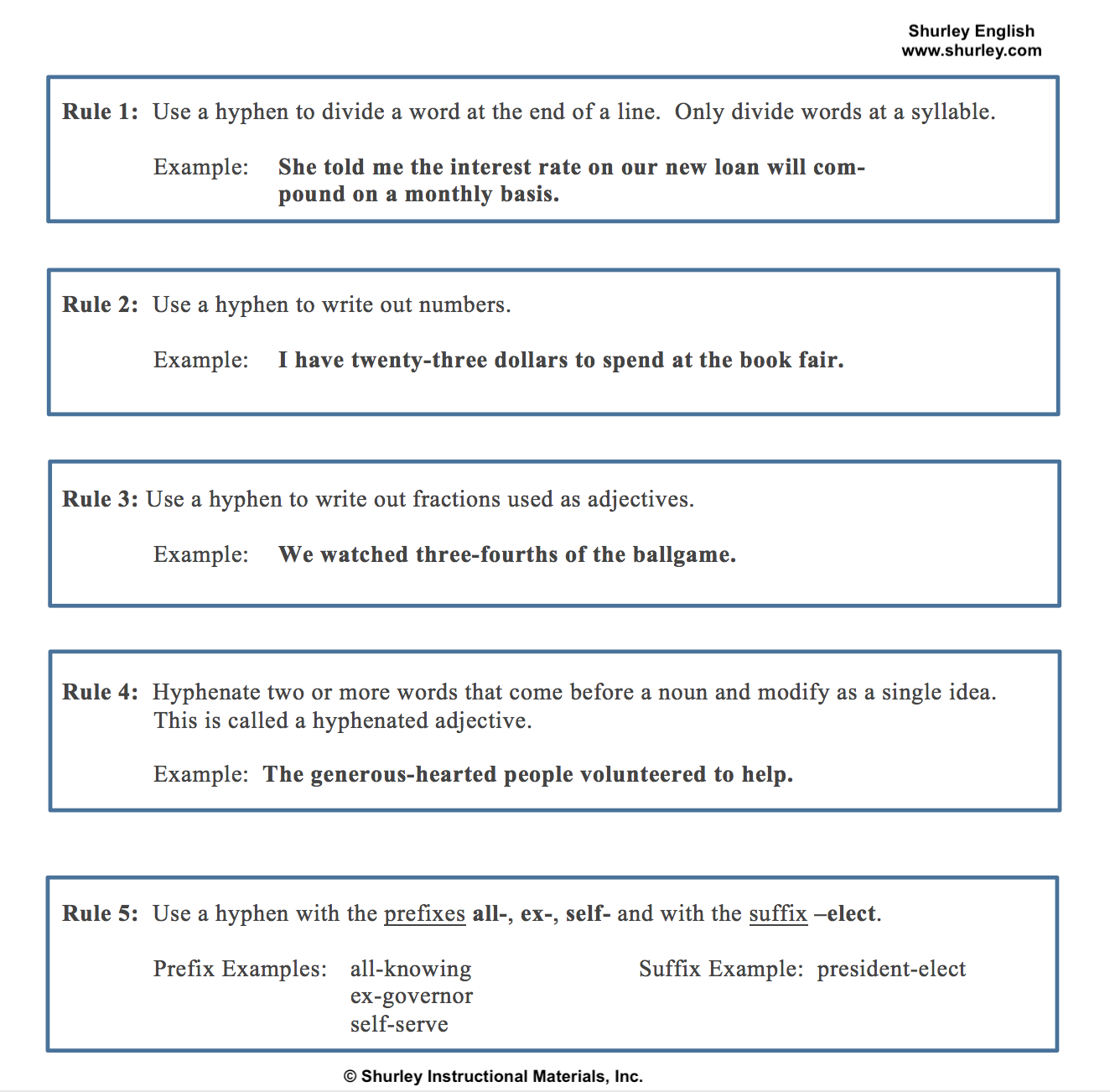Now that you’ve decided to create Shurley English Centers in your classroom and have solidified the details of my 7 Must Dos, let’s brainstorm some topics and activities that you might decide to include in your Shurley Centers!
Here are some possible center/station ideas to get you started:
1. Listening/Video/Jingles
-Have groups practice some of the Shurley English Jingles that stump them. (Preposition Flow, Transition Words, Eight Parts of Speech)
-Allow groups to record a video of themselves performing their favorite Shurley English Jingle.
-Have the group listen to and view different videos from YouTube that show other classrooms practicing their Shurley English Jingles; see if this helps your class gain some new ideas for “jazzing up” their current jingles.
2. Question & Answer Flow Practice
-Create a sheet with a set of Practice Sentences on it. Place the sheet in a plastic protector. Allow group members to partner up to lead each other through the Q&A Flow; one person uses a dry erase maker to label the sentences as the other person recites the Q&A Flow. (Be sure to create several Practice Sentence sheets for this center.)
3. Practice & Revised Sentences/Sentence Blueprints
- Have a pre-written sentence or two prepared as the Original Sentence for students to work from. Ask them to use different Sentence Structure Strategies to revise the Original Sentence. Be sure to have dictionaries and thesauruses available at the center. Students can draw a picture of their Revised Sentence and can be expected to share it during the Wrap-Up if they’d like.
-Vocabulary and Spelling activities can be incorporated into this center, as well. Have students create a fill-in-the-blank worksheet. Each student can write sentences that use words from the Power Words list. Students can exchange papers with their group members to become familiar seeing and using these new words.
4. Writing
–Have a fishbowl of different fun, quick writing prompts ready for students to individually choose and write about. Include specific writing requirements such as including compound and complex sentences, incorporating Power Words, including inverted word order sentences, using colors to circle different parts of speech or types of sentences, and following the Three-Point Paragraph organizational format, etc.
-Pull in a part of the Writing Process for students to work on.
-Allow students to record themselves reading their rough draft to help them revise a short writing piece.
-Use a Writing Across the Curriculum activity here…just get the materials ready and you’re all set!
5. Silent Station
-It’s nice to have a quiet group or two. If possible, a Chapter Check-Up or Classroom Practice worksheet can be assigned here to be completed independently and graded.
-Reading and Literature Time are incorporated into the Shurley English curriculum, so don’t hesitate to include a reading passage, poem, or research time into this type of Learning Center.
6. Teacher Station/Float
-I often placed myself at a center where I reviewed a tricky concept with students to make sure they received more individualized attention and differentiated instruction.
-Float around and monitor each center from a distance. This allows the students to experience a sense of freedom that can build autonomy, independence, and self-confidence…you are showing them that you trust them to be active self-managers.
Remember, all instructions should be typed out at each center in order for each group to follow them independently, along with all necessary materials/supplies for each activity.
The Bottom Line-BE CREATIVE & HAVE FUN!!



























































































































